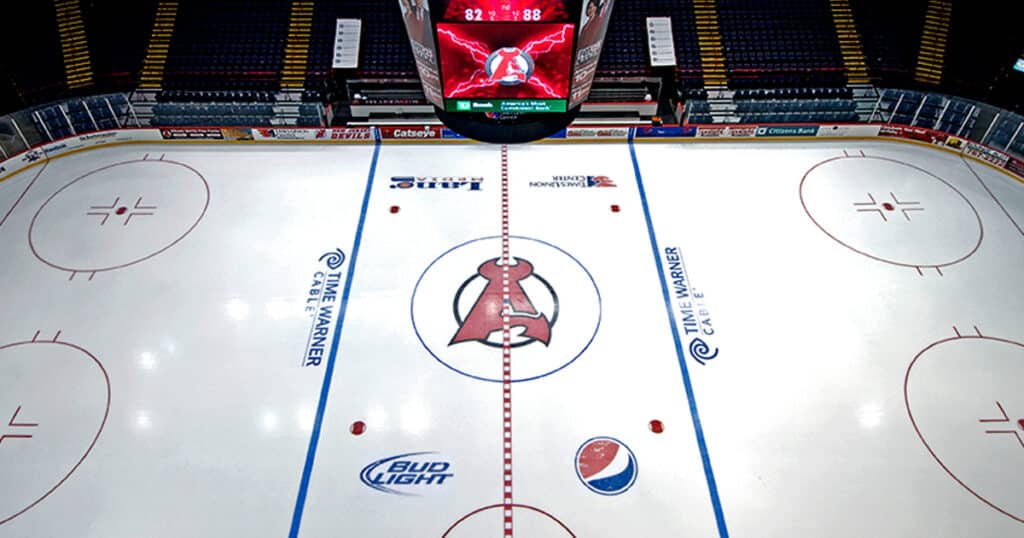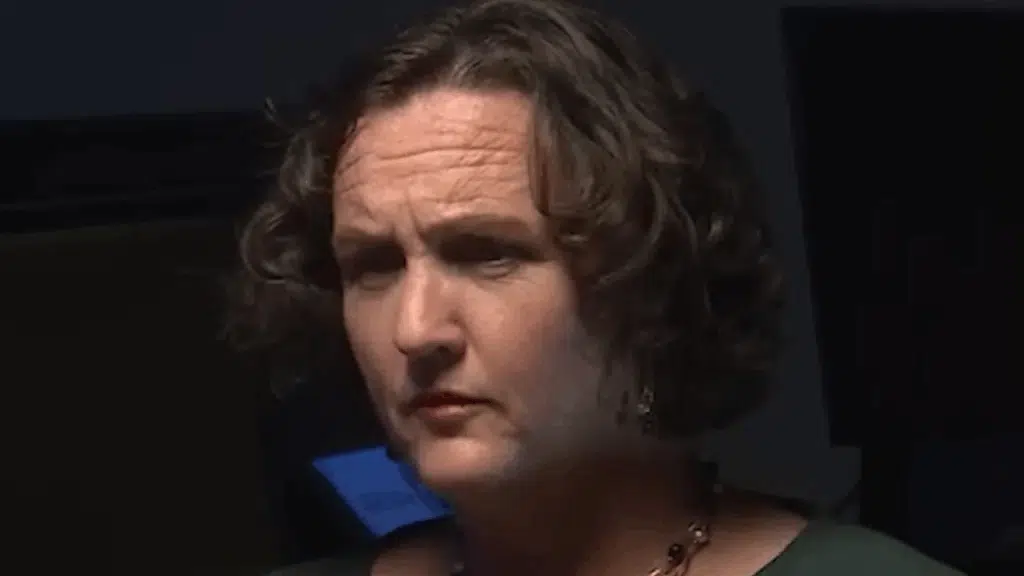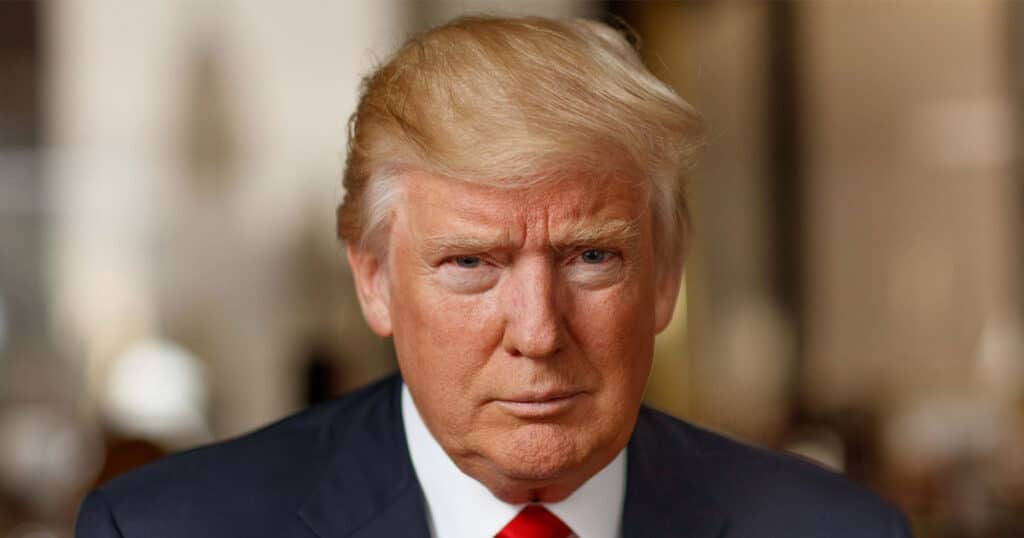
Analysis: How sports franchises use economic impact reports to gain public funds
Oklahoma City is preparing for Tuesday’s public vote on whether to approve a 1% sales tax as part of a $900 million public funding plan for a new Oklahoma City Thunder arena downtown.
As voters prepare to cast their decisions, Mayor David Holt and associates have leaned on a commissioned report saying a new arena will pay great dividends for the city as the Thunder bring $590 million of economic impact and 3,000 jobs to the city annually.
The problem?
Those who research and study the impact of pro sports arenas and the public funding surrounding them have never seen that type of positive impact when looking at the numbers.
A group of 21 professors at Oklahoma universities, in fact, wrote a letter opposing the data the mayor is touting from Applied Economics of Phoenix.
“The discrepancies between such consulting reports and the analysis of actual outcomes are well known,” the economists’ letter says. “The report, itself, includes a disclaimer clearly stating that the estimates of possible impacts are not likely to be accurate.”
It’s a process seen across the country in everything from sports stadiums and arenas to tax breaks for shopping centers to public incentives for new or existing companies.
A company or government entity chooses a project, determines a tax plan to publicly pay for that project and then hires a marketing firm to put together an economic impact paper that will show how the project is good for the community.
The Milwaukee Brewers, Tennessee Titans, Oakland Athletics, Phoenix Coyotes, Memphis Grizzlies, Tampa Bay Rays, Kansas City Royals and Buffalo Bills are just some of the professional sports teams to make similar claims over the past year, hiring companies such as Victus Advisors, Applied Analysis, Younger and Associates and Convention, Sports and Leisure – owned by Dallas Cowboys and New York Yankees venture Legends Hospitality Management – to push public funding for the deals.
The Carolina Panthers plan to be next.
Economist J.C. Bradbury of Georgia’s Kennesaw State University said that the “fantasy reports” began popping up in the 1980s and were studied starting in the 1990s, with more and more team owners using them to woo local politicians into voting to spend larger amounts of public money on professional sports venues.
It’s resulted in economic impact reports being used for everything for tax breaks for a variety of industries as some local governments even require a report before handing out a public subsidy.
“It’s resulted in a larger cottage industry for giving out tax incentives in general,” Bradbury said. “These are totally fake and they mean nothing but they are required to provide some sort of guidance, even though they don’t.”
Neil deMause co-wrote the book “Field of Schemes” and operates a blog with the same name. He’s covered this “scheme” related to professional sports stadiums for 25 years and said he’s surprised progress hasn’t been made on exposing the fake reports and financial numbers.
He wrote about how Convention, Sports and Leisure has produced notoriously bad reports, calling them the “Wile E. Coyote of the sports stadium racket” after the company produced a report on baseball in Montreal that failed to factor in the exchange rate from the U.S. to Canadian dollar. It also had to walk back a report on the impact of professional soccer in Washington, D.C., after it was pointed out the city would receive some of the same revenue whether the team existed or not.
“You’re basically trying to sell something mostly to legislators, but also to the press,” deMause said. “Maybe a little bit to the public.
“You have crappy economic arguments, but you have a lot of money, which is what most team owners do. Then you spend the money. You can’t buy the numbers but you can certainly buy the way you spin the numbers.”
deMause said that it’s clear the return on investment for team owners is huge, paying marketing firms for reports to convince politicians to give millions in public funds.
In recent years, the process has accelerated with federal COVID-19 funds inflating state budgets and local media outlets having to do more with less and having little time to dig into the numbers as presented by politicians.
“The media climate is not good for actually reporting on things and questioning things,” deMause said. “I think developers are taking advantage of that to try and put across B.S. as fact.”
Stadium subsidies only come around once every 20 years, Bradbury explained, so local reporters don’t often cover them multiple times despite the fact that the same tactics are used across the country in public funding efforts by pushing the claimed economic impact numbers related to the deals.
Bradbury said that it should be clear what’s happening when a consulting firm comes back with different numbers than all of the educated experts. But he encourages economists to push back on the reports, something he did in Nashville as he presented a report to the city’s East Bank Stadium Committee on the work of economists studying the impact of public stadium subsidies.
“It takes economists stepping up to combat this,” Bradbury said. “Like exactly what the economists did in Oklahoma, signing a letter saying ‘This is incorrect.’ I think that carried quite a bit of weight.”
That doesn’t mean the public subsidy proposals won’t succeed.
The NFL’s Buffalo Bills are getting $850 million in public funding toward a $1.4 billion stadium, outdone only by the Titans’ $2.1 billion new stadium, with $1.27 billion in public funding for construction and a $3.1 billion estimated tax capture fund.
Applied Analysis’ Jeremy Aguero, who isn’t an economist, presented and led discussion during a special session of the Nevada Legislature before a $380 million tax deal was approved if Major League Baseball’s Athletics come to Las Vegas. He made similar large claims before and after Las Vegas’ Formula One debut, despite track issues, delays that marred practice runs for the race and fans booted from the stands before practice was complete.
The Tampa Bay Rays recently announced a new deal including $600 million in public funding for a $1.2 billion stadium while the Brewers pointed toward a CSL report before striking a deal with the Wisconsin Legislature for $500 million in public funding for a renovation of the Brewers’ American Family Field.
Memphis received $600 million from the state of Tennessee for the Grizzlies’ FedExForum and three other stadiums and intend to still ask for more state funding.
The only deal that didn’t succeed was the Coyotes’ Tempe tax deal accompanying a new $2.1 billion arena, which required a referendum and was voted down by taxpayers.
“People are inherently skeptical of what people in government say,” Bradbury said.
Oklahoma City voters will now have the opportunity to do the same.
“Economic impact reports are a scam and have always been a scam and I don’t think anyone in that industry pretends that it’s anything other than paid consulting work,” deMause said. “It’s marketing work. It’s not really economics work.”


